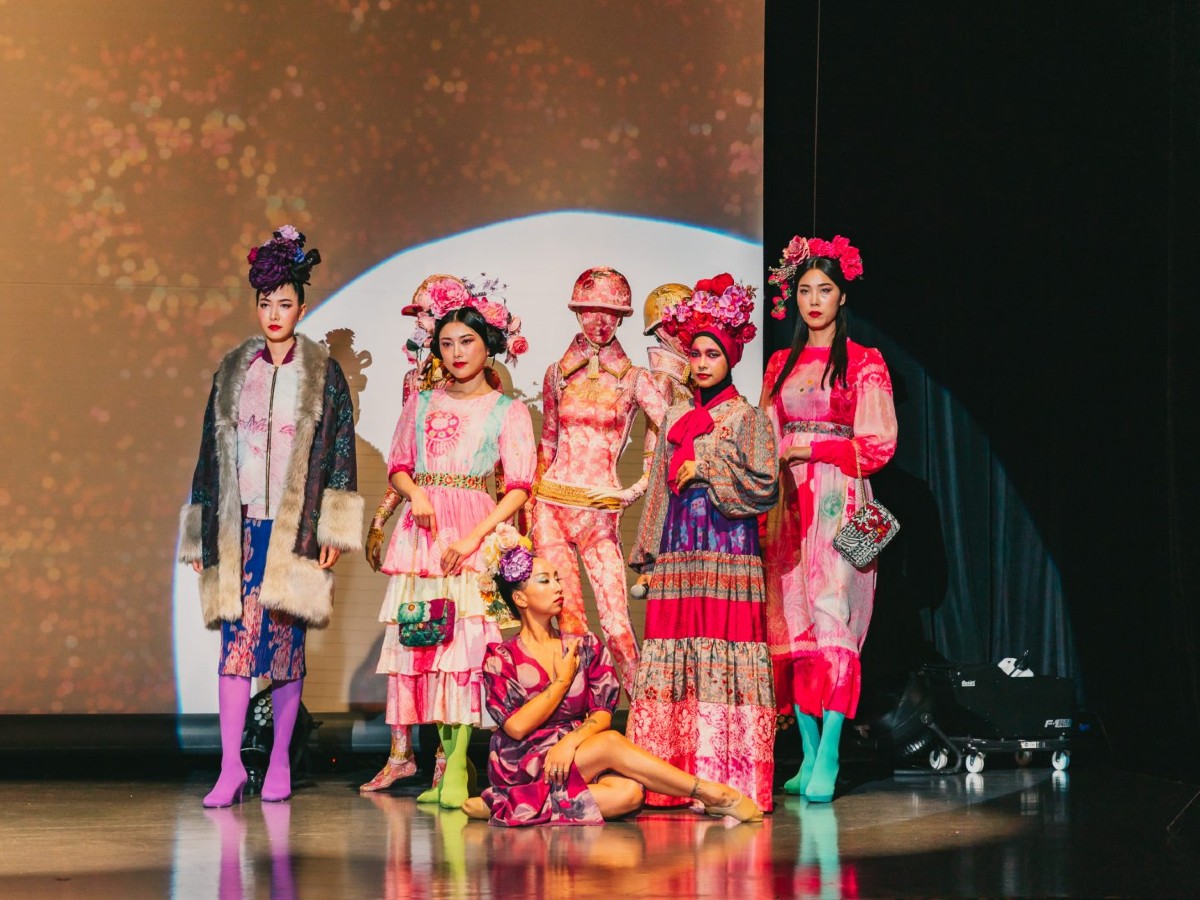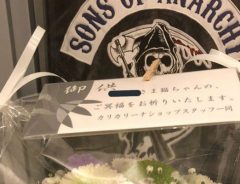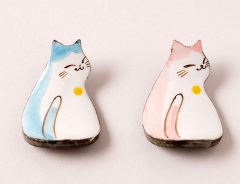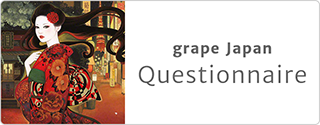
Source: Courtesy of @worldscuad
[Kimono Style] International friendship and style showcased in FashiComm
- Tags:
- Fashion / Japan / JAPAN Forward / Kimono
Related Article
-

Hilariously photogenic turtle shocks owner and maybe himself
-

Big Chonk Shiba Inu Turns Into Sumo Dog While Answering The Call Of Nature
-

Tokyo Bakery Goes All In On New Extra Fluffy Cat Shaped Bread
-

“I’m so sorry…” Cat’s play mishap with owner is rewatchable comedy of errors
-

Japanese Pet Goods Store Sends Flowers And Touching Message When Customer’s Cat Dies
-

Traditional potters release adorable cat-themed chopsticks and rests to purr at your dinner table


Those attending the hybrid event were rewarded with fresh ideas, colors and cultural contexts from the professional designers and participants in Indonesia and Japan.
Sheila Cliffe, for JAPAN Forward
On November 26, 2021, an original and innovative fashion event called FashiComm took place in Shibuya Stream Hall. I was fortunate enough to be invited as a guest, along with Mrs. Nuning Akhmadi, the wife of the Indonesian Ambassador in Japan.
FashiComm is a fashion show with a difference. It showcases both virtual and physical fashion. A young woman who loves fashion but also has a big concern about ecology and the environment, Chinatsu Nanami, is the brainchild behind the event.
Source: courtesy of @worldscuad
The COVID-19 pandemic means that people could not easily get together in person to work on projects. However, due to the increase of digital communication technologies, young people from around the world are able to meet online to work together.
Working Together Online
For this event, Chinatsu set up two teams of designers and customers ー one in Japan, and the other in Indonesia (called @worldscuad ) ー to work on fashion projects. One was led by Kimono Creator Kisaburo. Kisaburo is the fourth generation of a family of kimono tailors, but has started his own modern and experimental kimono brand. The other design team was led by Miyuki Ishizaka, who has a brand of upcycled clothing made from kimono fabric. Ishizaki worked with the team in Indonesia and Kisaburo with the team in Japan.
The two design teams worked with young fashion designers from Indonesia and Japan through regular online zoom meetings with the goal of creating lines of clothing that embodied both cultures.
Source: Sample of the virtual clothes, courtesy of @worldscuad
The creative efforts were not top down. Instead, each team had dialogues with their local communities and created designs that suited the desires of local people. The idea was that they would draw on the heritage and background of each culture, making clothes that had stories and were rooted in place.
Ultimately, the goal was clothing that could be made in the locations to which they were attached. The teams also thought about ways of creating clothing without wasting cloth.
There were real clothes on real models, and in addition there were clothes created virtually. The idea was that a customer could use the virtual platform to customize the clothing, lengthening, shortening, widening, changing fabrics, and all without wasting any cloth. When the final shape and colors were decided, only then would the real item go into production.
(...)
Written by Japan ForwardThe continuation of this article can be read on the "Japan Forward" site.
[Kimono Style] International Friendship and Style Showcased in FashiComm